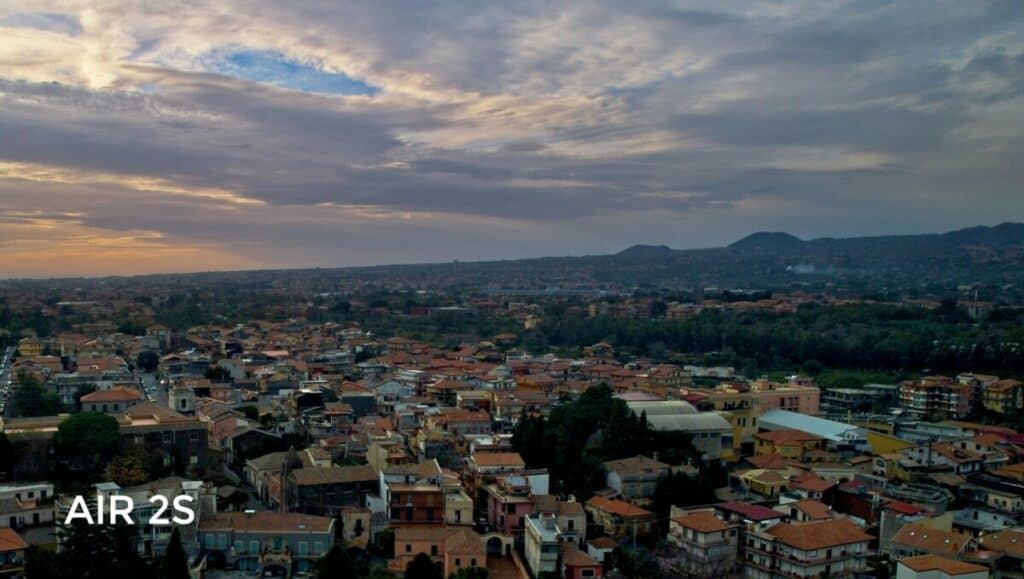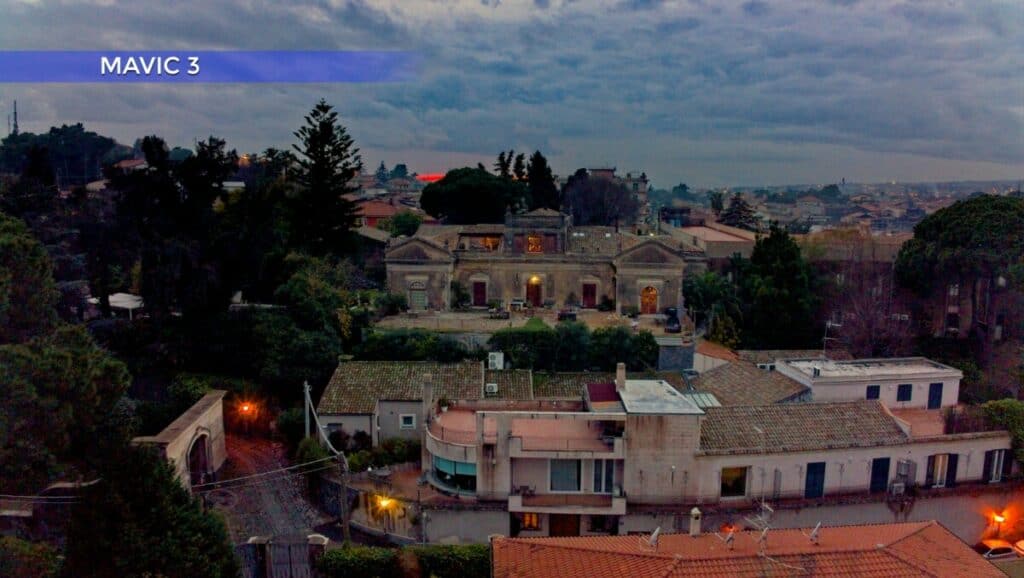Most articles and videos about drones focus mostly on video performance, while there are many users that are mainly interested in photography and want to make a purchase decision between the two best-performing models of the Mavic line, and others who are pondering whether to upgrade to the Mavic 3 or keep the excellent Air 2S

Specs for Photography of the Air 2s and Mavic 3
| Air 2s | Mavic 3 | |
| Weight | 595 Grams | 895 Grams |
| Flight Time | 31 Minutes | 46 Minutes |
| Sensor Size | 1″ | 1.33″ |
| Field of View | 88° (22mm) | 84° (24mm) |
| Aperture | f2.8 | f2.8 – f11 |
| Photo Resolution | 20MP (5472 x 3648) | 20MP (5280 x 3956) |
| Photo Modes | Single Burst Auto Exposure Bracketing Timed Smart Photo | Single Burst Auto Exposure Bracketing Timed |
| File Format | RAW and JPEG | RAW and JPEG |
| Obstacle Sensor | 4 Directions (Lacks Lateral) | Omnidirectional |
Is the Mavic 3 Worth the Upgrade from the Air 2s?
In the Mavic 3, there are a host of new interesting features compared to the Air 2S, but the majority of them are useful mostly for shooting video. For users interested in photography, the most useful new features in the Mavic 3 are the following
- The Mavic 3 has a 4/3 of 1” sensor, much bigger than the 1” one of the Air 2S, so the Mavic 3 should have better capabilities for capturing light, for improved results in High dynamic range situations and in low light
- The flagship model has manual control of the aperture, while the Air 2S has a fixed aperture. In photography, the manual aperture makes it easier to find the correct exposure and allows selective focus, or to obtain a star-like effect in light sources by using a very small aperture
- The Mavic 3 has a much longer battery life. For someone who shoots a lot of time lapses or hyper lapses, this is certainly worth the upgrade
- The Mavic 3 has a dual-lens system including a telephoto lens. It has a 1/2” sensor, a fixed aperture of f4.4, and can shoot photos at 12MP resolution. This lens is not featured in the Mavic 3 Classic
I have done specific articles about Photography with the Air 2s and Photography with the Mavic 3 and 3 Classic, please refer to them for more details and examples
Mavic 3 vs Air 2S Image Quality
Let’s start with top-down images. In this case, we don’t have the sky on the frame, therefore the dynamic range is very limited and we can concentrate on the detail and the color rendition

All the images are in RAW format, I have applied a good amount of color grading, a bit more than I normally do, to make them pop up a little more on smaller screens
For editing and color grading all the images I have used the excellent Luminar Neo, the tool I use for editing and managing all my photos. Click on the link for an in-depth analysis of this program

I have always been a big fan of the natural colors and details in photos taken with the Air 2S, so it is a very hard task to improve on them, even though with the much bigger sensor of the Mavic 3 we can expect plenty of detail and info in the shadows
In terms of still image quality the Mavic 3 and the Air 2s are in the same league, there is certainly not a model that outclasses the other. There are small differences according to the light situation with a slight advantage to the Mavic 3, but the choice between the two is mostly a matter of personal preference
Let’s move to images containing the sky and elements on the ground, therefore with a higher dynamic range. All images were taken within 3 minutes from each other, therefore under the exact same light conditions

With a higher dynamic range, we should expect the bigger sensor of the Mavic 3 to pay big dividends. The light conditions are not the best, as there is a bit of haze, but this is a good test for the two cameras

Now we move gradually closer to the sun, here it is at around 10 o’clock


Here the sun is just outside the left edge of the image and in both images there is not a hint of flare, loss of detail, or chromatic aberration. Stunning results from both of them


Now against the full sun, even though it is partially covered by clouds. This is a shot that with any other drones of the previous DJI line I would not even attempt. But with both models here we are much closer to a full-frame traditional camera than a prosumer drone

Hasselblad has certainly put a big effort into the new lens of the Mavic 3, there must be some very effective coating, as the result is simply stunning (I have also noticed that in cases of light rain the drops of water slide through the lens and it is possible to keep shooting video with good results). The resulting image is very close to perfection. But the one taken with the Air 2S is also sensational, almost as good

Mavic 3 vs Air 2S Image Quality in low light
Low light is an area where drones used to really struggle. Until a few years ago I would not dare use an ISO value different from the base one

The Air 2S was, in my opinion, a huge improvement compared to previous models and the Mavic 3 performs practically at the same level, once again the choice is a matter of personal choice. These images were shot in extremely dark conditions at ISO 800, and with both models when shooting photos at night in any light conditions noise is not an issue anymore

